
Researching, selecting, planning, installing and using today’s high-tech security systems in schools can be a daunting process. Technology aside, there’s also the human dimension. That is, how best to work with consultants, faculty and staff as that process unfolds?

A look at the newer security technologies colleges and universities are considering and using on campus.

Nobody thinks of parking, until they need it. Then it's a chore. Technology promises to make finding and paying for a space easier, and might even convince drivers to take the bus.

It takes more than bricks, mortar and roofing materials to keep the heat (or cold) in and the rain out. Here's a look at what you need to know.
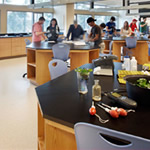
Understanding classroom ergonomics is about more than just buying a well-designed chair; it can also impact student health and success.

This piece was very difficult to write. Influencing what was finally written were: too many false starts and stops to count; changes in strategy; different proposals and the real possibility of coming up with nothing. The shutdown and deficit ceiling part has been rewritten at least five times and this opening three different times.
Originally, the title for this piece was “Oh, No! Not Again, or To Be or Not to Be That is the Question,” for the ongoing shutdown, but there was a deal that ended the stalemate late on Wednesday, Oct. 16. However, the pain is not over, nor are the negotiations to solve all of the issues that forced the closure and the brink of not increasing the debt ceiling.
The “deal” crafted by Senators Harry Reid and Mitch McConnell, and several senators from both parties passed both houses of Congress and was signed by the President, was a short-term fix. This is the reason for the revised title. The deal was not a fix but a temporary band-aid.

New school bus technologies are cutting costs, monitoring students, finding students for parents and more.
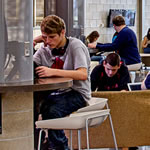
Power-enabled columns: at the Milan Center for Innovative Studies, Milan, Mich., power and data connections at structural columns give students a place to engage in self-directed learning.
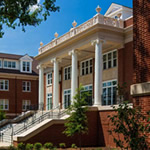
Important traditions live on in a new residence hall at the University of Georgia.
The time has come to examine development partnerships as an opportunity to move forward as the deep recession eases.

Is separating the procurement department into tactical and strategic teams right for your institution?
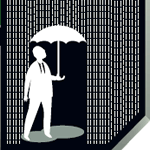
It's time to take control of what you are spending on shipping costs. Since 2006, Baltimore County Public Schools (BCPS) has saved our taxpayers over $1 million negotiating our own transportation contracts.
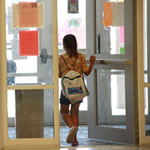
Keys to effective and practical school security assessments.
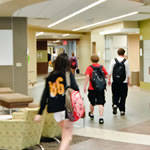
Cost-effective and efficient maintenance and housekeeping operations begin at the programming and design stages of residence hall construction projects.
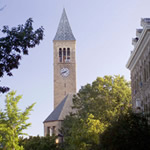
School administrators walk a tightrope, balancing their desire for a green campus with the need for an acceptable ROI. Here are three examples of how campuses strike that balance — or, in one case, not worry about it at all.

Whether it's mow and blow or a little more complicated, landscapes demand constant attention. Grounds professionals speak up about what it takes to stay in the green.

Art can proclaim a building's identity while promoting educational goals.
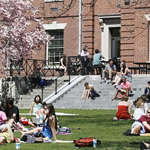
Resources are available to assist institutions to efficiently and effectively fulfill requirements of the Jeanne Clery Act.
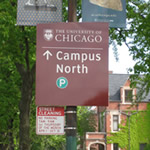
Integrating the right signage into your campus can aid in building identity and marketing for use in the wider community.